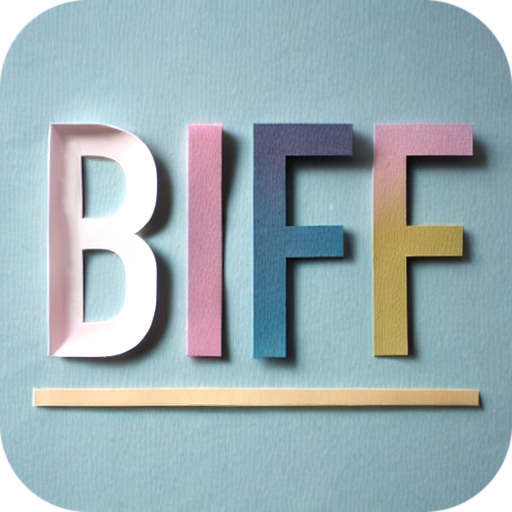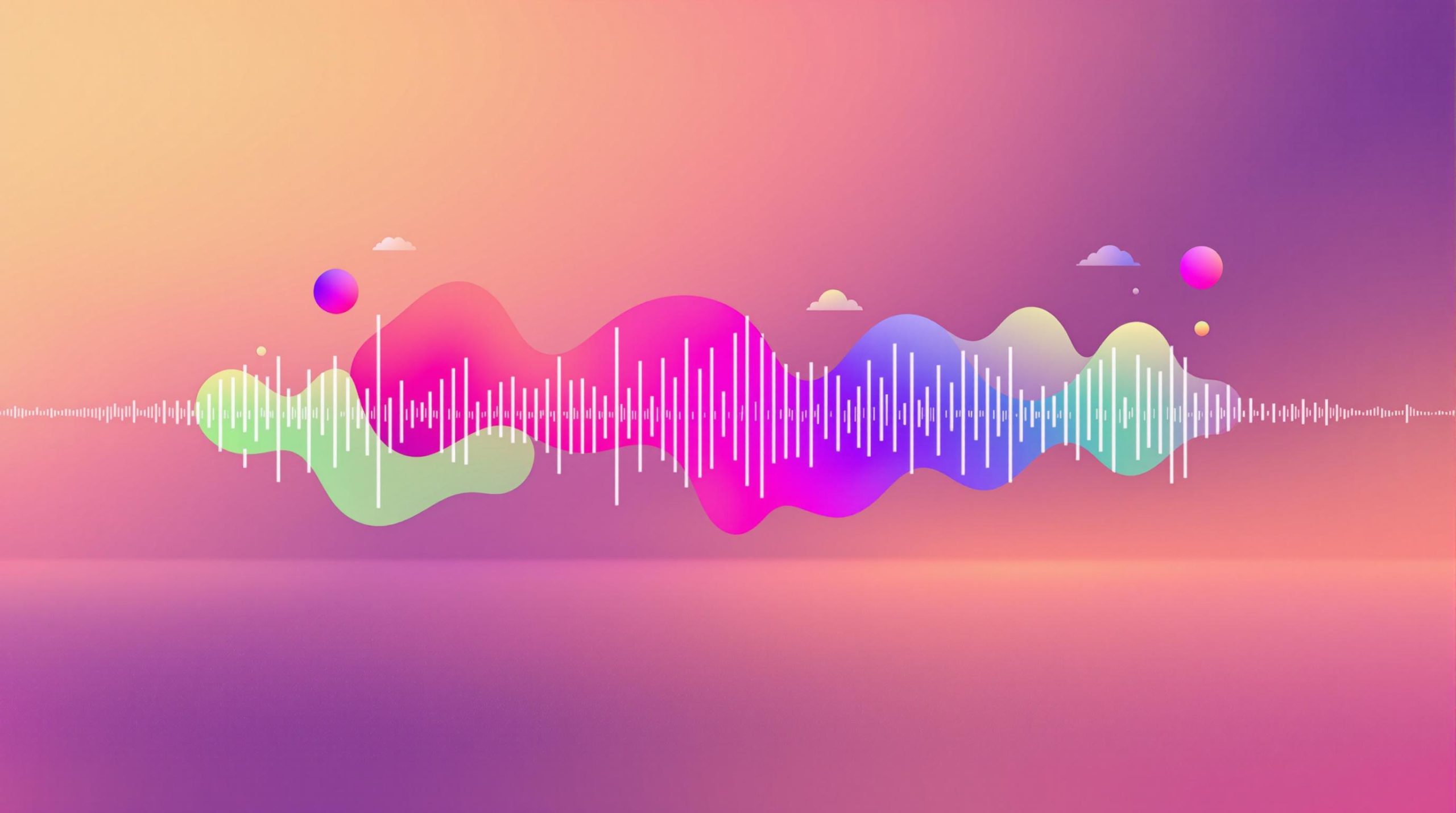AI is transforming how music and visuals come together. By analyzing beats, rhythms, and frequencies, AI creates perfectly synchronized visuals in real time, saving creators time and improving accuracy. Here’s what you need to know:
- What it does: AI detects beats and aligns visuals with music using advanced algorithms like FFT and neural networks.
- Why it matters: It’s faster, more precise, and accessible compared to manual methods, making professional-quality visuals achievable for everyone.
- Where it’s used: From live shows and music videos to VR and AR experiences, AI is reshaping creative industries.
- Challenges: Irregular rhythms, tempo shifts, and low-quality audio can still pose difficulties for AI systems.
| Method | Speed | Accuracy | Cost |
|---|---|---|---|
| Manual Editing | Time-intensive | Editor-dependent | $20,000-$500,000 |
| AI Synchronization | Real-time | Consistent | A few hundred to a few thousand dollars |
AI isn’t replacing creativity – it’s making it easier to produce stunning, rhythm-matched visuals effortlessly. Keep reading to learn how this works and where it’s heading.
How AI Identifies Beats in Music
How Audio Is Analyzed
AI breaks music into its core elements using methods like Fast Fourier Transform (FFT) and Short-Time Fourier Transform (STFT). These techniques separate audio into frequency components, helping map the rhythm over time.
When analyzing a song, AI examines multiple layers of the audio signal at once. It focuses on different frequency bands to detect patterns that signal beats.
Role of Machine Learning in Beat Detection
Neural networks trained on extensive music datasets make modern beat detection possible. These networks learn to recognize patterns that align with how humans perceive beats by processing thousands of labeled audio samples.
Here’s a quick look at how audio formats influence beat detection:
| Audio Format | Quality Impact | Beat Detection Accuracy |
|---|---|---|
| WAV (Lossless) | Retains all details | Excellent |
| AIFF (Lossless) | Preserves full audio info | Very high |
| MP3 (320kbps) | Slight detail loss | Good |
| MP3 (128kbps) | Heavily compressed | Lower |
Challenges in Beat Detection
AI faces hurdles when dealing with irregular rhythms, tempo shifts, or noisy recordings, especially in genres like jazz or classical. Key challenges include:
- Unusual Time Signatures: Genres like jazz or progressive music often feature complex rhythms that confuse algorithms.
- Tempo Variations: Sudden or gradual tempo changes make beat detection less accurate.
- Low-Quality Audio or Complex Genres: Poor recordings or intricate arrangements, such as in classical music, can complicate recognition.
While these challenges persist, ongoing improvements in AI are making beat detection more accurate, paving the way for seamless synchronization of visuals with music. This creates engaging, rhythm-driven effects.
Visuals Synchronized with Music Beats
Types of Visual Effects
AI systems can now create visuals in real-time that respond directly to music. These tools analyze different layers of audio to produce effects that move and change with the music. For example:
- Color shifts that match the mood or tone of the track.
- Animations triggered by specific frequencies, like ripples for bass or particles for high-pitched notes.
- Geometric patterns that pulse or evolve with the beat, giving a dynamic and immersive feel.
This synchronization enhances both the visual appeal and the emotional connection between the listener and the music.
Visuals for Different Music Genres
Each music genre has its own vibe, and visuals need to match that energy. Here’s how styles can differ:
| Music Genre | Visual Style | Key Elements |
|---|---|---|
| Electronic Dance Music | High-energy, vibrant | Rapid transitions, neon colors, bold geometric shapes |
| Classical | Smooth, elegant | Gentle color gradients, flowing organic movements, orchestral themes |
| Hip-Hop | Bold and rhythmic | Strong typography, graffiti-inspired designs, beat-driven animations |
| Rock | Intense, edgy | Distorted effects, high-contrast visuals, dramatic transitions |
Manual vs. AI Synchronization
AI has revolutionized music visualization, replacing time-consuming manual methods with faster, more accessible options.
| Aspect | Manual Synchronization | AI-Driven Synchronization |
|---|---|---|
| Efficiency | Takes months, costs $20,000-$500,000 | Takes hours, costs a few hundred to a few thousand dollars |
| Accessibility | Requires expert skills, limited tools | Easy to use, highly customizable |
| Beat Accuracy | Relies on editor’s precision | Consistently accurate with algorithms |
Platforms like Syqel showcase how AI can transform live performances. They let DJs, producers, and venues instantly create professional visuals that adapt to audio in real time. This technology is not only reshaping live events but is also being used in virtual and immersive experiences across different industries.
Uses of AI-Synced Music Visuals
Music Videos and Live Shows
AI-driven music visualization tools are transforming live performances and music videos by syncing visuals with rhythm and tone automatically. This makes high-quality content more achievable for artists, regardless of their resources.
In live shows, AI systems bring advanced real-time processing to the stage:
| Feature | What It Does | How It’s Used |
|---|---|---|
| Dynamic Stage Effects | Adjusts lighting and visuals in real-time based on the music and audience | Creates engaging, responsive atmospheres |
| Virtual Environments | Adds immersive, music-reactive backgrounds | Projects realistic AR visuals that sync with the performance |
VR and AR Experiences
Virtual and augmented reality platforms are using AI-synced visuals to take music experiences to the next level. Platforms like Soundscape VR showcase how music can shape dynamic, interactive virtual worlds. These tools allow artists to stream concerts or create VR music videos from any location.
"AI has transcended experimental stages and is now firmly embedded in concert experiences." – Empress Author
Some of the latest VR music tools include:
- Suites for creating interactive music in virtual reality
- AR tools that overlay visual guides on real instruments
- VR systems that support collaborative performances and plugin integration
Interactive Visualization Tools
AI tools are simplifying the process of creating music videos. With just an audio file or a text prompt, creators can generate engaging visuals, making it easier for anyone to produce professional-looking content. These tools are especially popular for social media, turning short music clips into eye-catching teasers while keeping branding consistent.
To get the best results with these tools:
- Use high-quality audio for smoother synchronization
- Test different visual styles to match your aesthetic
- Adjust formats to fit specific social media platforms
AI is also making live performances more inclusive. Features like real-time captioning and AI-powered sign language interpretation are opening up music experiences to audiences with hearing impairments.
These advancements are reshaping how we experience music, whether it’s at a concert or through a virtual headset.
sbb-itb-5392f3d
AI Video Editing with Beat Sync, Create an Animation and Captions
Accuracy and Limits of AI Beat Synchronization
Getting the beats right is essential for syncing visuals with music, creating a cohesive sensory experience.
Factors Influencing Accuracy
The quality of the audio plays a major role – clean, high-quality files make it easier to detect beats. A larger and more diverse dataset also helps AI systems recognize patterns more effectively [1].
| Factor | How It Affects Accuracy | Solution |
|---|---|---|
| Audio Quality | Clearer beat detection with better quality | Use lossless audio formats |
| Training Data Size | Larger datasets improve recognition | – |
| Music Complexity | Complex structures are harder to analyze | Use advanced algorithms |
AI vs. Manual Synchronization
In testing, the AM-IndRNN model reached 88.9% accuracy, significantly outperforming single LSTM models by 43.8% [1]. AI excels in speed and automation but still struggles to match the fine-tuned precision of human synchronization.
Manual synchronization remains the better choice when:
- Creative timing and nuanced interpretation are needed
- The music involves intricate rhythm changes
What’s Next for AI Synchronization?
Machine learning advancements are opening up exciting possibilities:
- Learning from Feedback: Systems that adapt based on user corrections to improve over time [1]
- Handling Complex Rhythms: Better recognition of intricate patterns and tempo shifts
- Live Performance: Reduced latency for real-time synchronization
Incorporating metadata and user feedback will also help refine AI’s performance further [1][2].
"AI is not replacing musicians and composers. Instead, it is augmenting their creativity and productivity by providing them with new tools and techniques to enhance their work." – Stewart Townsend, B2B SaaS Channel Sales Consultant
These developments are moving us closer to a future where AI and human creativity work hand in hand, making music-visual experiences more seamless and engaging.
Conclusion: AI’s Future in Music and Visuals
Main Points
AI and music visualization are reshaping how we experience audio-visual content. Tools powered by AI have shown impressive precision, with advanced models like AM-IndRNN achieving beat detection and visual synchronization accuracy rates as high as 88.9%.
Beyond technical milestones, this technology has made professional-grade music visualization faster, more affordable, and accessible to creators across the board. It has opened up opportunities for content creation while maintaining high-quality standards.
Future Trends
AI-driven music visualization is advancing quickly, with exciting developments on the horizon:
Meta’s AudioCraft and Stability AI’s Stable Audio are pushing boundaries by creating tools that generate synchronized audio and visual content simultaneously. These innovations are particularly valuable for live performances and interactive experiences.
The integration of Virtual Reality (VR) and Augmented Reality (AR) is paving the way for immersive music experiences. Platforms like Mubert show how AI can create personalized soundscapes, hinting at a future where visuals dynamically adapt to music and individual viewer preferences.
Key areas to watch include:
- Real-time visuals responding to live music
- Seamless integration of music, visuals, and interactivity
- Tailored visual experiences based on audience preferences
AI in music visualization isn’t about replacing human creativity – it’s about enhancing it. As these technologies progress, we’re likely to see even more inventive ways to make high-quality content creation accessible to all creators.
FAQs
How does beat detection work?
AI systems break audio into small segments, analyze energy levels across various frequency bands, and identify peaks that cross specific thresholds. This approach allows for accurate beat detection, even in intricate musical compositions. Tools like Beat Bounce AI handle this process in real-time, ensuring synchronization stays on point [2].
What affects beat detection accuracy?
Several factors impact the accuracy of beat detection, including audio quality, the complexity of the genre, and tempo changes. High-quality audio and advanced algorithms can address some of these issues, but intricate rhythms and abrupt tempo shifts may require additional processing to achieve precision.
Can AI match manual synchronization?
AI is great for automating large-scale tasks and ensuring real-time synchronization. On the other hand, manual synchronization is better suited for fine-tuned, creative adjustments. Advanced models like AM-IndRNN have achieved accuracy rates as high as 88.9% [1]. AI works particularly well for:
- Handling large volumes of content efficiently
- Keeping timing consistent over extended sequences
- Synchronizing in real-time for live performances
What types of visuals can AI sync?
AI can synchronize visuals such as color shifts, geometric designs, and particle effects with music beats. This creates dynamic and engaging visual displays. Tools like Beatwave show how AI can craft intricate visual compositions that adapt naturally to various musical elements while staying perfectly aligned with the beat [3].
These advancements highlight how AI is reshaping music visualization, offering creators tools that are both powerful and user-friendly.

